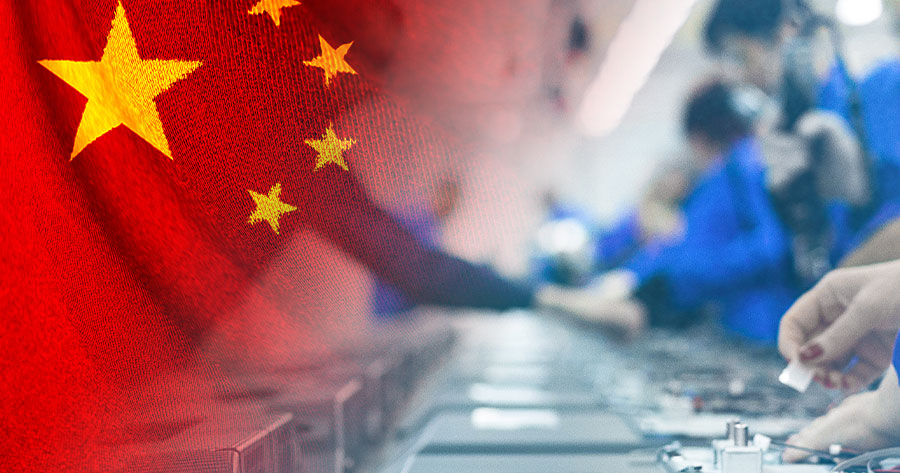China’s manufacturing sector experienced a downturn in August, reaching a six-month low as factory gate prices dropped, and business owners grappled with order declines, according to an official survey released on Saturday.
This situation places pressure on policymakers to continue implementing strategies to channel more stimulus towards households.
The purchasing managers’ index from the National Bureau of Statistics in August decreased to 49.1 from 49.4 in July, marking the sixth consecutive decline and the fourth successive month beneath the 50-point threshold denoting a contraction. This figure fell short of the 49.5 median projection in a Reuters poll.
Following a disappointing second quarter, the country faced a continued loss of momentum in July. This led policymakers to indicate their preparedness to depart from the traditional strategy of allocating funds to infrastructure projects, shifting their focus to providing new stimulus directly to households.
Manufacturers remain pessimistic due to a prolonged property crisis suppressing domestic demand, amid looming restrictions from Western nations on Chinese exports like electric vehicles.
Factory gate prices plummeted to their lowest point in 14 months, dropping to 42 from July’s 46.3, while sub-indices for new orders and new export orders remained in negative territory and recruitment was halted by manufacturers.
Zhiwei Zhang, chief economist at Pinpoint Asset Management, noted the restrictive fiscal policy stance as a factor behind feeble economic momentum, emphasizing the need for a more supportive fiscal policy for economic stabilization.
In anticipation of the economy not showing signs of recovery in the summer, policy advisers are contemplating the possibility of Beijing advancing part of next year’s bond issuance quota in October.
Analysts expect authorities to aim at bolstering depressed domestic demand, unlike last year’s focus on flood prevention and infrastructure investments.
Meanwhile, the quicker non-manufacturing PMI reading in August to 50.3 from 50.2 provided some relief against fears of entering a contraction phase, although economists await detailed plans to revitalize China’s vast consumer market beyond the general commitment from the ruling Communist Party’s top decision-making body.





